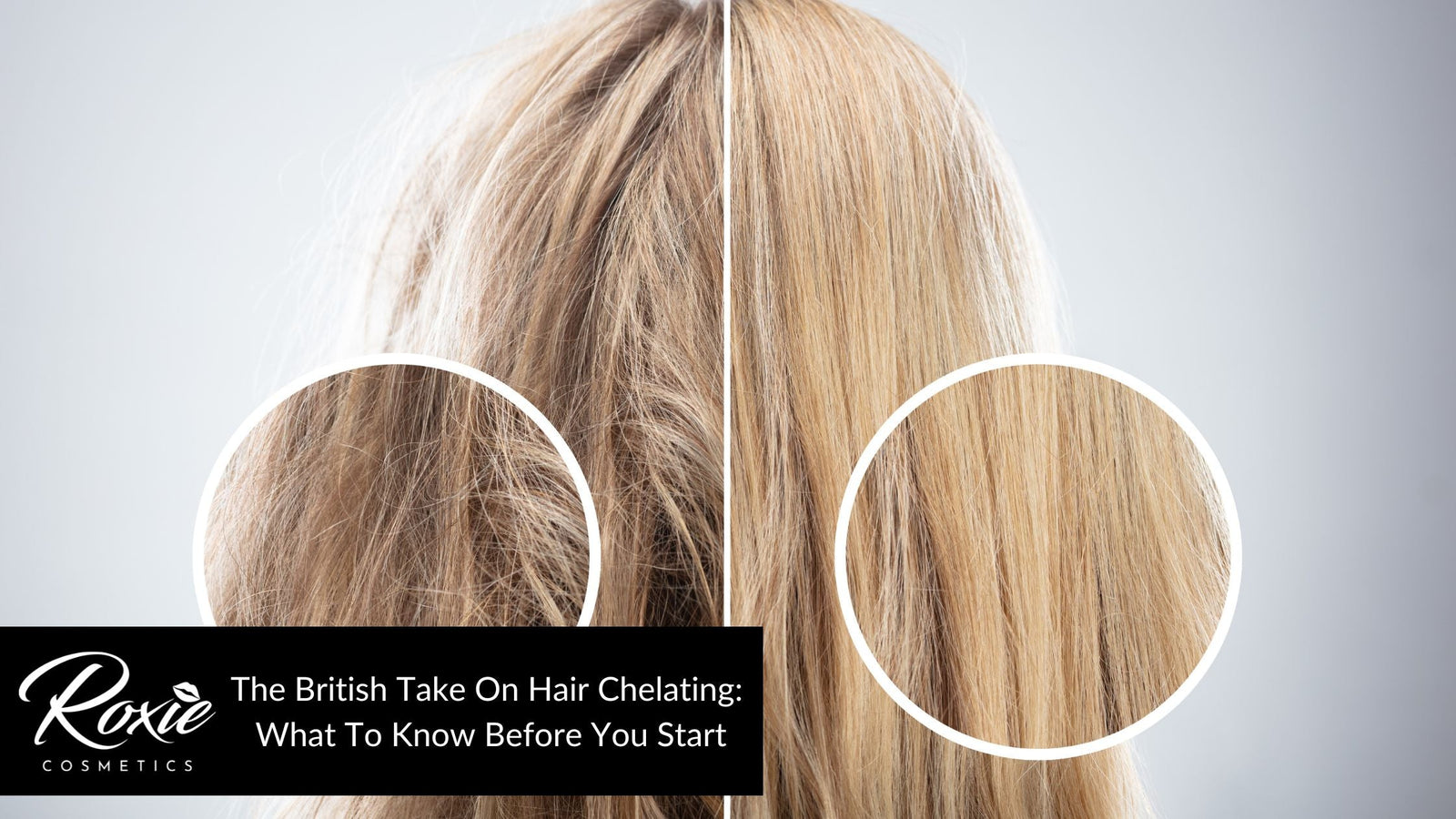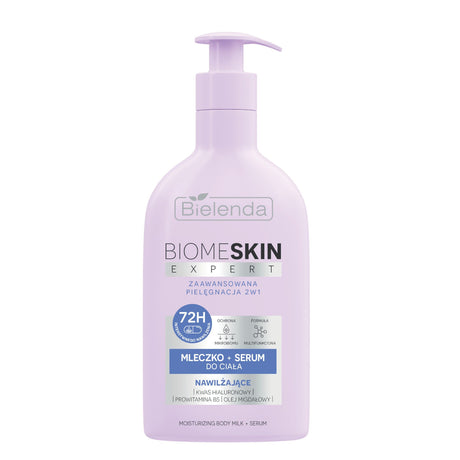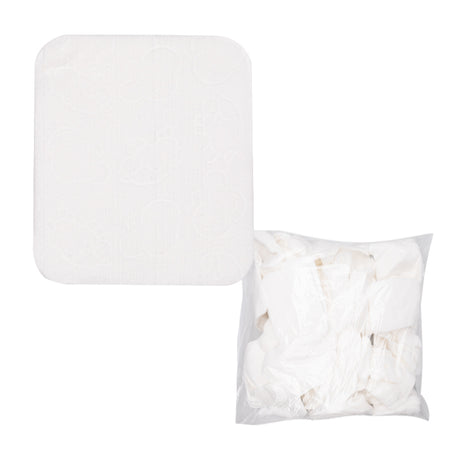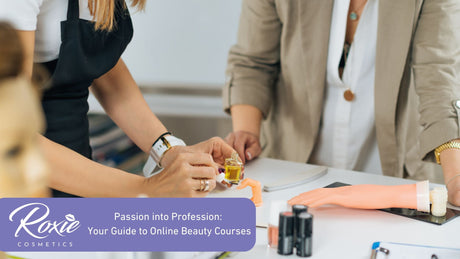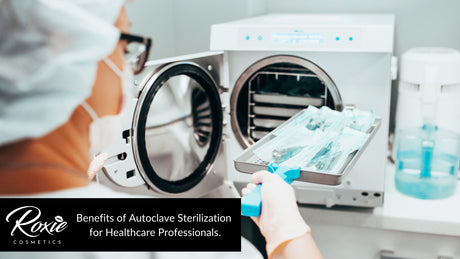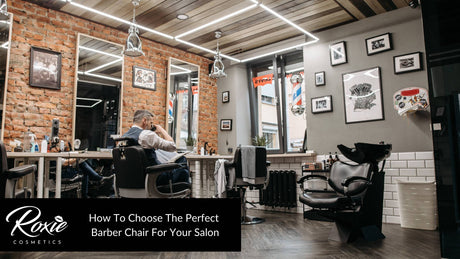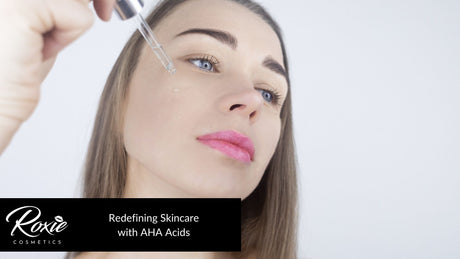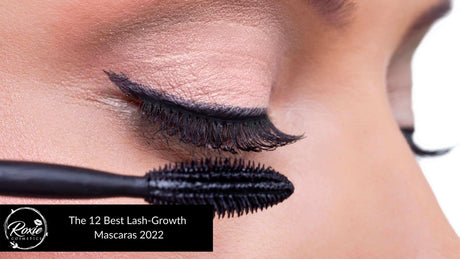"Many of our readers land on the Roxie blog after discovering the harmful effects of improper shampooing, conditioning, and styling of their hair."
Our mission is to educate readers on conscientious hair care with natural products. Is your hair condition worsening and your new routine failing to bring the desired results?
More often than not, hard water and the build-up that blankets your locks are the culprits. Before you kick-start a regeneration process, the hair needs to be deep-cleaned and chelating your hair can do just that. But what is this method? How can you carry it out? What results can you expect? Read this guide for the full details!
What is chelating?
Chelating is a chemical reaction in which cations of minerals bind to a second component, called a ligand, that can react with cations. As a result, a chelate is formed, which is an organic compound. In layman's terms, iron ions, magnesium ions, calcium ions, and other minerals are neutralized during chelating.
What does it mean for your hair? Little do you know about the impact the hard water coming out of your taps has on your locks!
The troublesome build-up, or why is chelating your hair necessary?
Sure enough, hard water is no ally to healthy and glossy hair since it's where these minerals accumulate. The sediment you often see accumulating on your bathroom fixtures or common water kettle can easily accumulate on your locks. The build-up is further composed of the leftovers of your styling products.
This invisible and practically undetectable layer creates a reliable barrier that impairs the access of nutrients and moisturizers to your locks. Plus, the build-up can be immensely difficult to scrub off, even with a very powerful shampoo. It's time to bring out the big guns and include chelating your hair in your routine. It will dissolve the minerals, opening the hair cuticles and establishing a true highway for nutrient particles!
How to correctly chelate your hair at home: three methods!
Chelating your hair at home can be done in numerous ways, for instance, with shampoo, conditioner, or a homemade rinse. What matters for successful results is to use a chelating agent that will bind to the cations of minerals.
You're likely to have this key ingredient on hand already since high efficiency is featured by the:
- Vitamin C chelating.
- Lemon juice chelating.
- Apple cider vinegar chelating.
Here are three advocated methods of chelating your hair that are sure to meet your expectations!
Chelation of Hair with Shampoo
- To effectively carry out hair chelation, always opt for shampoos without silicones. Whilst these substances can be useful as a protective barrier, on this occasion, we're looking for the opposite effect, namely to expose the pores to intense care.
- If you want to achieve a strengthened effect of chelation, the night before the procedure, apply one of the natural oils for haircare.
- To start the chelation, apply the shampoo precisely to your strands throughout the length, avoiding a strong scalp rub.
- Once the shampoo has foamed up, keep it in your hair even for several minutes.
- Rinse off the shampoo from your hair and carry out twofold traditional washing. This way, from the surface of your strands, all the undesirable build-up should disappear.
Chelation of hair with the mask
- Prepare the solution for easy hair chelation. To your favourite hair mask, corresponding to the breadth of your strands' pores, add half a teaspoon of citric acid or a tablet of vitamin C, deprived of foaming properties. This time definitely avoid protein-included or silicon-containing masks. Chelation of hair with vitamin C and citric acid is equally effective.
- Once the elements have been accurately mixed, apply the solution thoroughly to the entire length of your hair, yet skip the scalp.
- Wait for about 30 minutes, and then rinse off the mask with additives.
- Now apply your favourite natural conditioner to the hair deprived of the unfavourable build-up, as you usually do after washing.
Home Chelation of Hair with Rinse
- Prepare the home rinse for chelation of hair. To this aim, dissolve a teaspoon of citric acid in one litre of water. The desired effect can also be achieved by choosing the chelation of hair with vitamin C - just dissolve two tablets in the water. Alternative chelating factors are two teaspoons of apple or wine vinegar and one teaspoon of baking soda.
- Well-mixed mixture set aside for about 10 minutes.Now thoroughly rinse your hair with the prepared solution across the entire length.
- Wash your hair or carry out one of the intended haircare procedures, to which your strands are perfectly prepared!
What benefits does chelation of hair bring?
The most important benefit brought by the chelation of hair is depriving them of build-up composed of hard water and residual styling cosmetics. The advantages of this deep cleansing procedure should quickly be noticed in the shape of incredible effects of care, which after chelation, will work with double power.
How often should chelation be implemented?
You can carry out hair chelation with high frequency, provided you don't go overboard with chelating factors like vitamin C or citric acid. Recommended frequency is 1-2 treatments within a month; however, it should be increased with hard water. Monitor the condition of your hair and decide for yourself when to repeat the chelation.
Chelation of hair – which shampoo or conditioner to choose?
When opting for chelation of hair, avoid preparations containing silicon or a large dose of nutritive proteins.
Otherwise, the procedure won't bring the expected results, as your strands will still be covered with a layer of build-up. Don't take shortcuts either by using a shampoo with strong chemical detergents.

